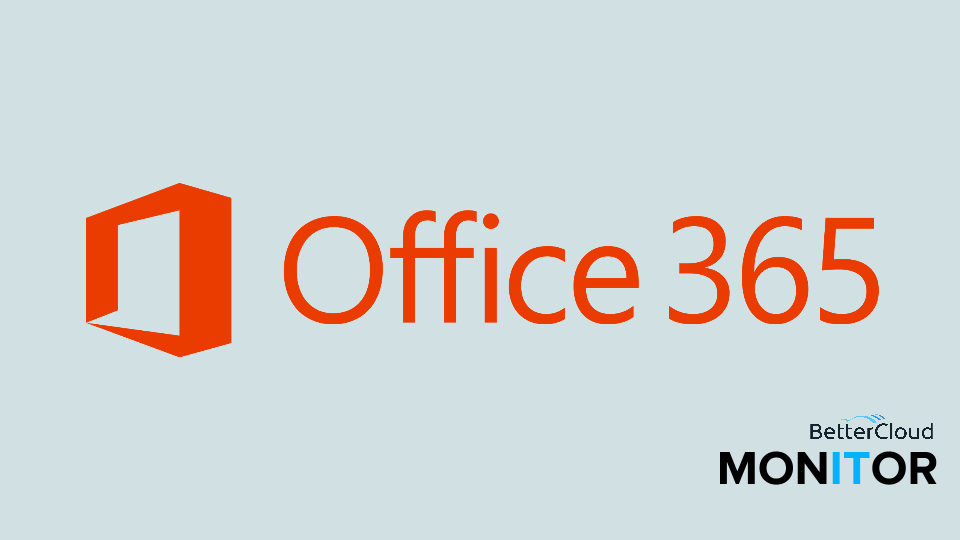How to Change the Size of Your PowerPoint Slides
November 29, 2016 / / Comments Off on How to Change the Size of Your PowerPoint Slides
2 minute read

PowerPoint has a default slide size, but you don’t have to be limited by it. With this trick, you can custom set your PowerPoint slides to be any size you want.
Now, if you were a PowerPoint user from way back, you’re probably used to seeing your slides in a 4:3 aspect ratio, which is very close to square. However, everything has long since changed. Widescreen is now the standard presentation format, and since the 2013 version of PowerPoint, the default slide size has been set to a 16:9 widescreen aspect ratio. However, you can still switch back to the 4:3 setting, or even set your own custom size.
A quick note: Changing the orientation of your slides isn’t really the same thing as changing its size; you’re just rotating them on the page. However, if that’s what you’re looking for, you can do that as well.
- In PowerPoint, click on the View tab and make sure you’re in the Normal view.
- Then, click on the Design tab and choose Slide Size. The basic options are to just flip between the 16:9 or 4:3 aspect ratios, but what we’re really interested in is under the Custom Slide Size, so click on that.
- Here, you’ll see a lot more options. There’s the option to switch your slides from a landscape (which is the default) to a portrait orientation. You’ll also see a dropdown menu, where you can find many more size options for your PowerPoint slides. For instance, the letter paper size might be useful if you’d like people to be able to easily print your slides off following a presentation.
- You can also custom adjust the size using the Width and Height fields. In fact, you can even make this your default size. To do so, click the Design tab, and then head to Themes and click the bottom arrow. Save the theme and give it a name, and then immediately head right back to that arrow. Right-click on it, and click Set as Default Theme. That way, when you start a new presentation, you’ll get your preferred slide size instead of the standard Microsoft default.






